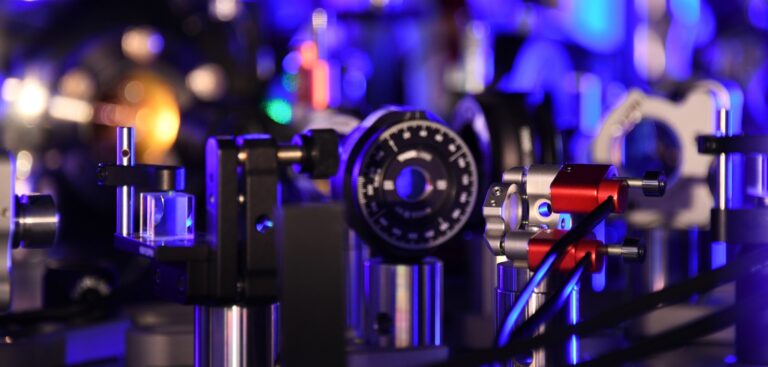BMW Group, Airbus and computing specialist Quantinuum have developed a hybrid quantum-classical workflow to speed up future research using quantum computers to simulate quantum systems, focusing on the chemical reactions of catalysts in fuel cells.
In a new technical paper, Applicability of Quantum Computing to Oxygen Reduction Reaction Simulations, the partners report accurately modeling the oxygen reduction reaction (ORR) on the surface of a platinum-based catalyst. The ORR is the chemical reaction in the process that converts hydrogen and oxygen into water and electricity in a fuel cell and it limits the efficiency of the process. It is relatively slow and requires a large amount of platinum catalyst, so there is great interest and value in better understanding the underlying mechanisms involved in the reaction.
The group states that it has demonstrated the applicability of quantum computing in an industrial workflow, using Quantinuum’s H-Series Quantum Computer, to enhance understanding of these critical chemical reactions. The companies plan further collaboration to explore the use of quantum computing to address relevant industrial challenges.
Dr Peter Lehnert, VP, research technologies at BMW Group, stated, “Circularity and sustainable mobility are putting us on a quest for new materials, to create more efficient products and shape the future premium user experience. Being able to simulate material properties to relevant chemical accuracy with the benefits from the accelerating quantum computing hardware is giving us just the right tools for more speed in innovation for this decisive domain.”
The research team hopes that understanding the ORR reaction provides insights that help them identify alternative materials that may improve the performance and reduce the production costs of fuel cells. Modeling chemical reactions such as the ORR accurately is an intractable task for classical computers, due to the quantum properties of the chemical mechanisms involved, making such simulations a good candidate to benefit from a potential quantum advantage in the future.


